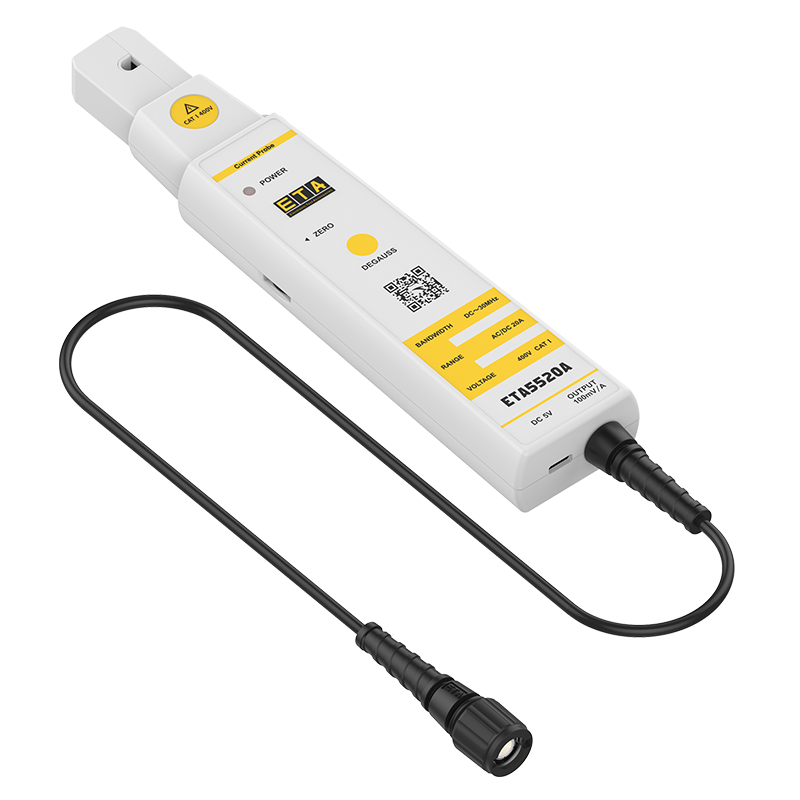Knowledge
Why does the current probe jaw not close cause serious misalignment of the measurement reading?
In the world of electronic measurement, current probes are favored by engineers for the convenience of non-contact measurement. Whether debugging switching power supplies, analyzing motor drives, or performing power analysis, it is an indispensable tool. However, a seemingly trivial operational oversight-the jaws are not fully closed-is enough to completely destroy your precise measurement plan.
The working principle of the 1. current probe: rely on the closed magnetic circuit
To understand why the jaws must be closed, we must first understand how the current probe works. Most current probes (with the exception of Rogowell coils) require an integral, high-permeability core to effectively focus the magnetic field generated by the wire. This core is the jaw of the probe. When the jaws are completely closed, it forms a closed magnetic circuit. The magnetic field is tightly bound inside the magnetic core, almost all passing through the secondary coil and Hall sensor, thereby generating an accurate, high signal-to-noise ratio output signal.
How serious is the 2. impact? Quantitative analysis
When the jaws are not completely closed even slightly, this ideal closed magnetic circuit is destroyed. Suppose you are measuring a switching current waveform with a peak value of 5A.
When the jaws are fully closed: the probe outputs a 500mV signal (assuming the probe sensitivity is 100mV/A), and a clear waveform with correct amplitude is displayed on the oscilloscope screen.
When there is a 1mm air gap in the jaw: due to magnetic field leakage, the probe may only output a 250mV signal. If you are not aware of it, you will mistakenly think that the peak current measured is only 2.5A, which may lead to completely wrong conclusions such as "unusually high system efficiency" or "light load.
This error is fatal for quantitative analysis (such as efficiency calculation, power consumption evaluation), and may also distort the waveform shape, affecting the judgment of switching characteristics, ringing (ringing) and other phenomena.
3. isn't just a small reading: other potential risks
The anti-interference ability is reduced: the closed magnetic circuit also plays a shielding role. An unclosed jaw makes the internal Hall sensor and coil more susceptible to external electromagnetic interference (EMI), and the measured waveform may be doped with a lot of noise and become unreliable.
Risk of mechanical damage: If the jaws are not normally closed for a long time, the hinge or locking mechanism may be worn, resulting in permanent damage to the probe.

